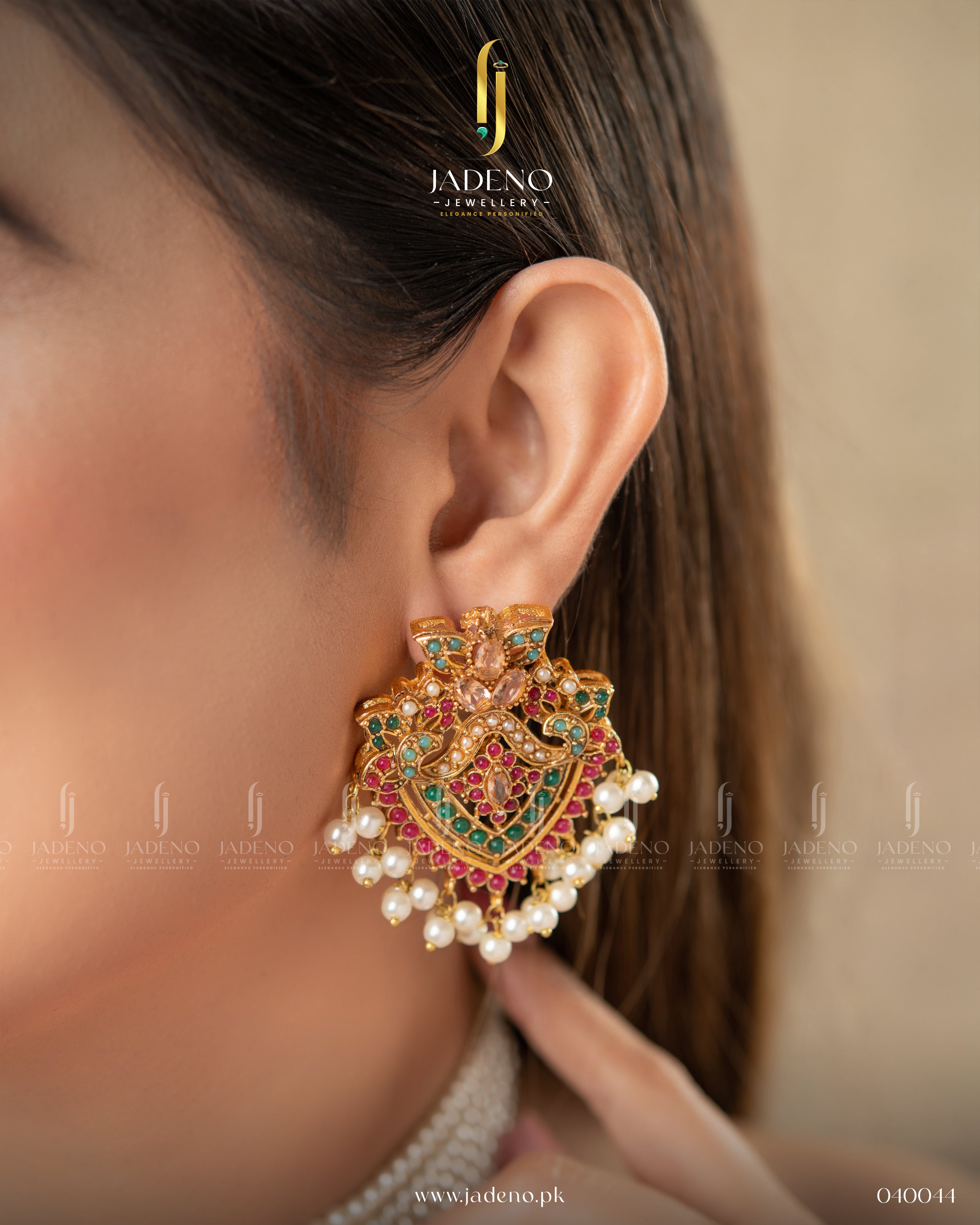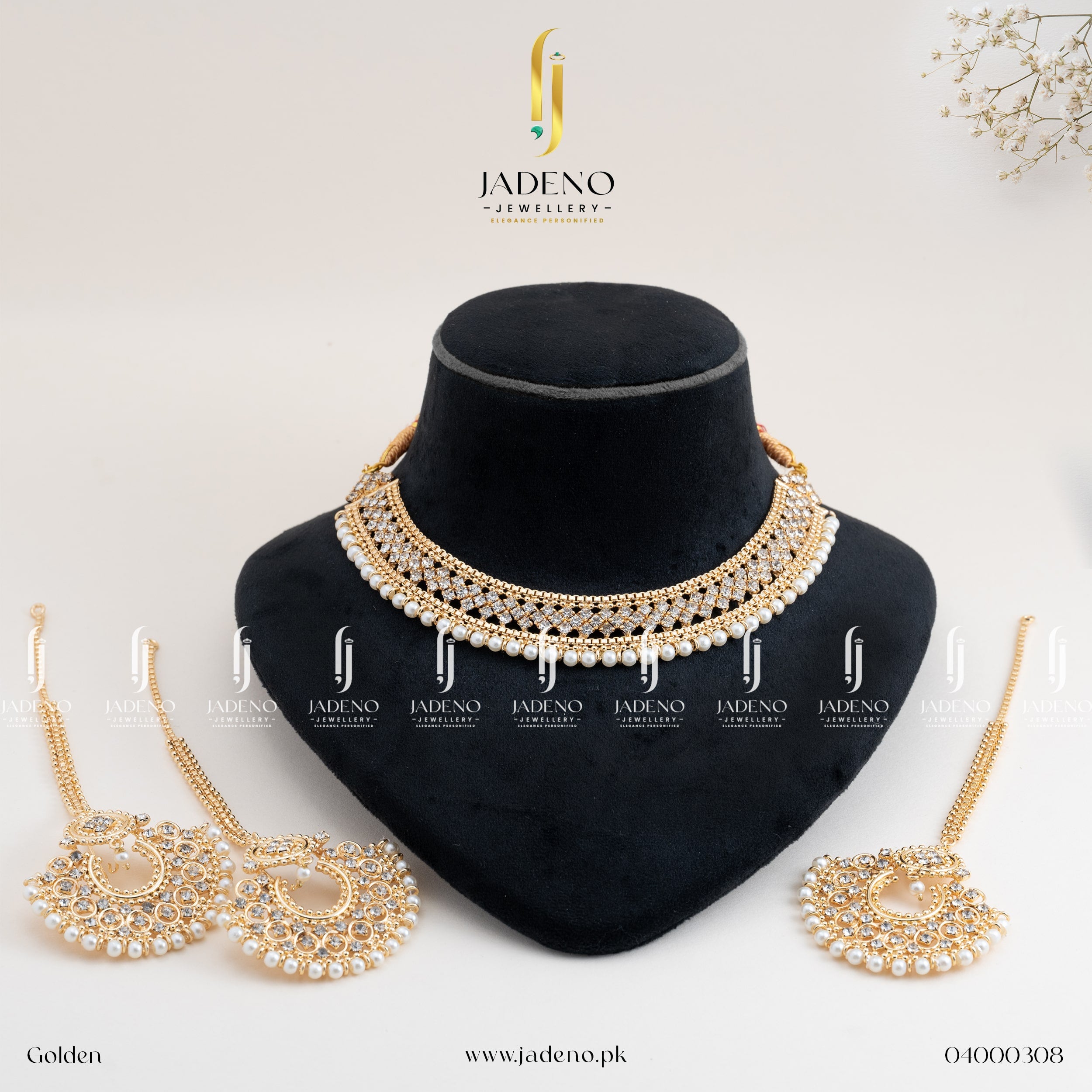
How To fit A Bracelet? Complete Guide.
Finding a bracelet that fits perfectly can feel like discovering a hidden treasure. Not only does it enhance your overall look, but it also ensures comfort throughout the day. But what if your bracelet is too tight or too loose? A bracelet that's the wrong size can become a constant distraction, sliding down your wrist or cutting into your skin. This guide will help you understand how to fit a bracelet perfectly, turning a common accessory into a statement piece.
Why bracelet fit matters
Imagine finding a beautiful bracelet, only to realise it feels uncomfortable or insecure on your wrist. The right bracelet fit is about more than style. It's about comfort and confidence. When your bracelet fits well, it enhances your natural movements and adds flair to your outfit without causing discomfort. Just like the perfect pair of shoes, the right bracelet should feel like an extension of you.
How to measure your wrist for a bracelet
Getting the correct bracelet fit starts with knowing your wrist size. Here’s a step-by-step guide on how to measure your wrist.
Step 1: Gather Your Tools
To measure your wrist accurately, you’ll need:
• A flexible measuring tape
• A strip of paper or a piece of string (if you don't have a tape measure)
• A ruler for measuring the paper or string
Step 2: Find Your Wrist Bone
Locate the prominent bone on your wrist. This is usually near the base of your hand. This point will be your primary measurement area for most bracelet types.
Step 3: Take Your Measurement
Wrap the measuring tape or string around your wrist, just above the wrist bone. Be careful not to pull too tight or leave too much slack; aim for a comfortable but snug fit. For string or paper, mark where the end meets, then use a ruler to measure the length.
Step 4: Add Length Based on Bracelet Style
The ideal bracelet size often depends on the type of bracelet. Here’s a general rule:
• For snug-fitted bracelets like bangles, add 0.25 to 0.5 inches to your wrist measurement.
• For loose-fitted bracelets such as chain or charm bracelets, add 0.5 to 1 inch.
Example Measurement
If your wrist measures 6 inches and you’re opting for a snug fit, choose a bracelet that's about 6.5 inches. For a looser, more relaxed fit, 7 inches would work better.
Bracelet fitting tips for different bracelet types
Not all bracelets are created equal. Here’s how to fit various bracelet types to ensure you get the look and feel just right.
1. Bangle Bracelets
Bangle bracelets don’t have clasps, so they need to slide over your hand. To fit a bangle, measure around the widest part of your hand, usually the knuckles. Ensure the bangle size is slightly larger than this measurement so it can slip on comfortably.
2. Chain Bracelets
For chain bracelets, getting the right fit is crucial since they tend to slip down the wrist if too large. Aim to have about 0.5 to 1 inch of extra length for a comfortable fit. The bracelet should rest gently on your wrist without sliding excessively.
3. Cuff Bracelets
Cuff bracelets are open-ended, allowing you to adjust them for a custom fit. While you don’t need to add length, make sure the cuff is flexible enough to bend slightly for comfort without feeling loose.
4. Stretch Bracelets
These bracelets often use elastic, so fitting is simpler. Choose a size close to your wrist measurement for a snug fit. Stretch bracelets should feel secure but not tight, as overstretching can weaken the band.
5. Charm Bracelets
Charm bracelets are designed to dangle slightly, giving them movement. Adding about 1 inch to your wrist measurement should ensure a comfortable yet loose fit, allowing the charms to stand out.
Common bracelet sizing mistakes to avoid
While measuring might seem straightforward, there are common pitfalls to watch out for:
1. Ignoring Bracelet Type
A bangle requires different sizing than a chain or cuff bracelet. Remember to adjust the length according to the bracelet style for the best fit.
2. Skipping Flexibility Checks
Materials like leather or metal vary in flexibility. A metal bracelet will likely fit differently than a fabric or beaded one.
3. Forgetting Seasonal Changes
Your wrist can expand slightly in warm weather or after physical activity. To accommodate this, avoid a bracelet that's too tight, especially for daily wear.
When to resize or adjust your bracelet
Sometimes, despite careful measuring, a bracelet may need adjusting. Here are situations when resizing might be necessary:
• It Slides Off Too Easily: If your bracelet moves up and down your arm too much, resizing may help it stay in place.
• It Pinches or Cuts: A bracelet that feels tight or restrictive should be resized for a comfortable fit.
• You Plan to Wear it Frequently: Bracelets worn daily should fit well, as they’ll be on your wrist for longer periods.
For resizing options, consult a jeweller, especially for metal bracelets. Adjustable bands or links are a great option for flexible fitting and can often be customized at a local jeweller.
How to wear a bracelet correctly
The way you wear your bracelet affects not only its fit but also its appearance and comfort.
1. Layering for Style and Comfort
If you’re wearing multiple bracelets, consider combining thin and thick pieces to balance out the fit. Avoid overloading one wrist to prevent an uncomfortable weight.
2. Positioning Matters
Place your bracelet just below your wrist bone for a comfortable, classic fit. For cuffs or bangles, you can wear them higher on the forearm if it suits your style.
3. Choosing the Right Occasion
Some bracelets are designed for specific settings. For example, charm bracelets are perfect for casual settings, while sleek bangles work well in formal environments.
Conclusion
Getting the perfect bracelet fit transforms an ordinary accessory into something memorable and uniquely yours. A well-fitted bracelet complements your wrist comfortably and completes your look effortlessly. With the right fit, you can wear your bracelet confidently, knowing it adds the ideal touch of elegance and personality.



















